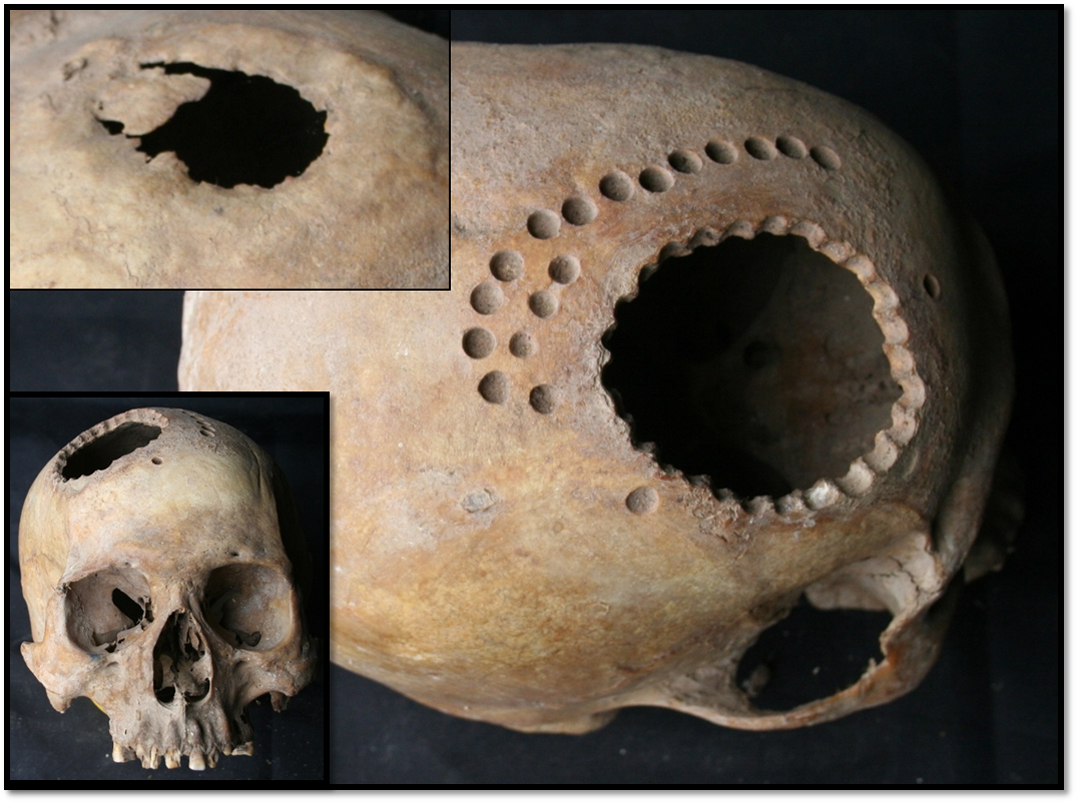Kurin's article investigates trepanation--cranial surgery--in ancient, highland Peru. Bioarchaeological analysis of skulls and mummies from the region revealed that trepanations emerged during an era characterized by persistent violence and widespread deprivation. The surgery was a stunning and complex innovation intended to cope with new types of injuries and new illnesses. Practitioners experimented with different cutting techniques and even attempted surgery on corpses. Herbal poultices and cranioplasties (e.g., metal plaques placed over trepanations) were also employed. All told, these practices aimed to ensure the survival of a patient. Nevertheless, surgery was not for everyone; treatment was intentionally withheld from youths, females, and people who practiced cranial modification.




